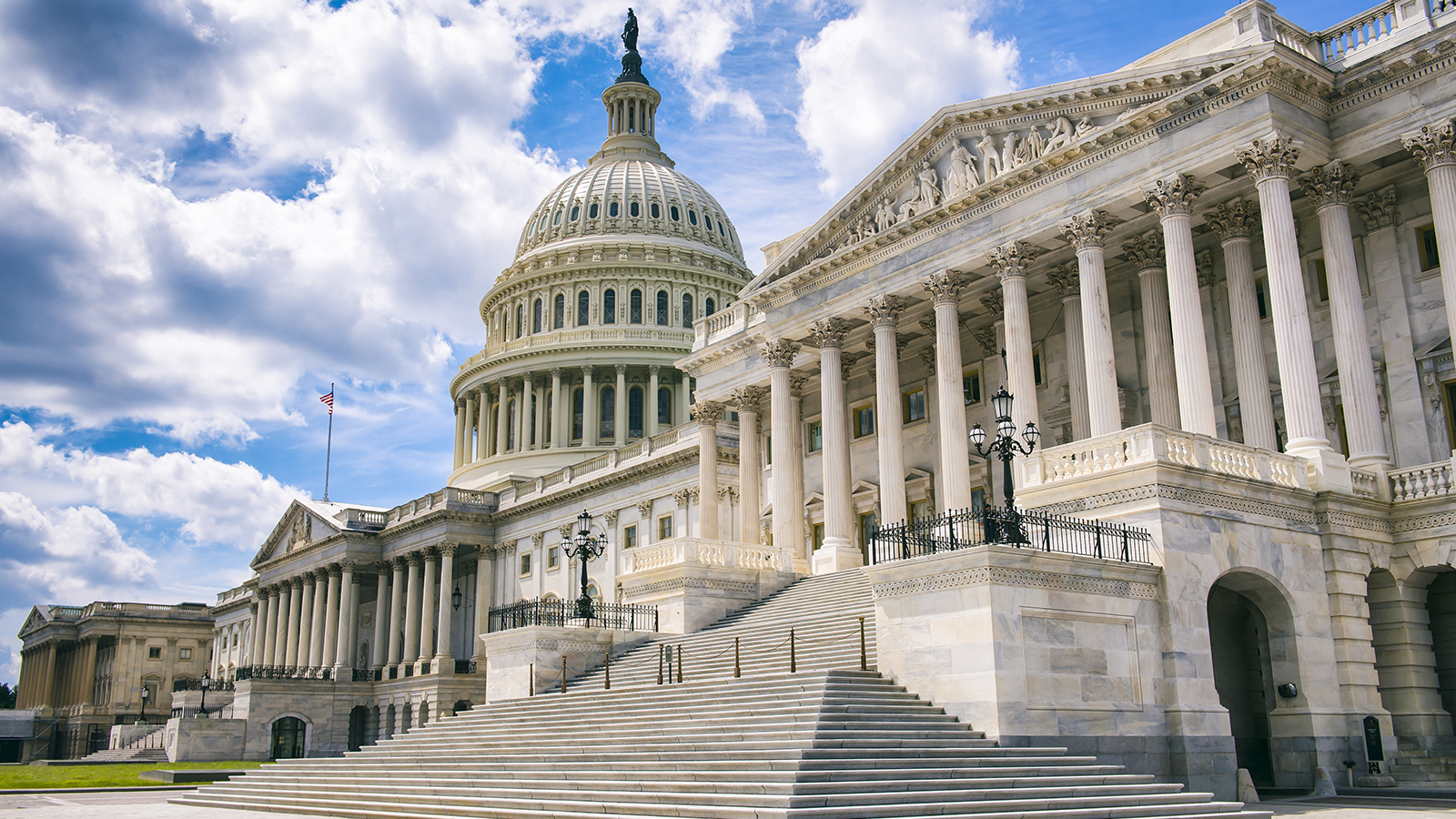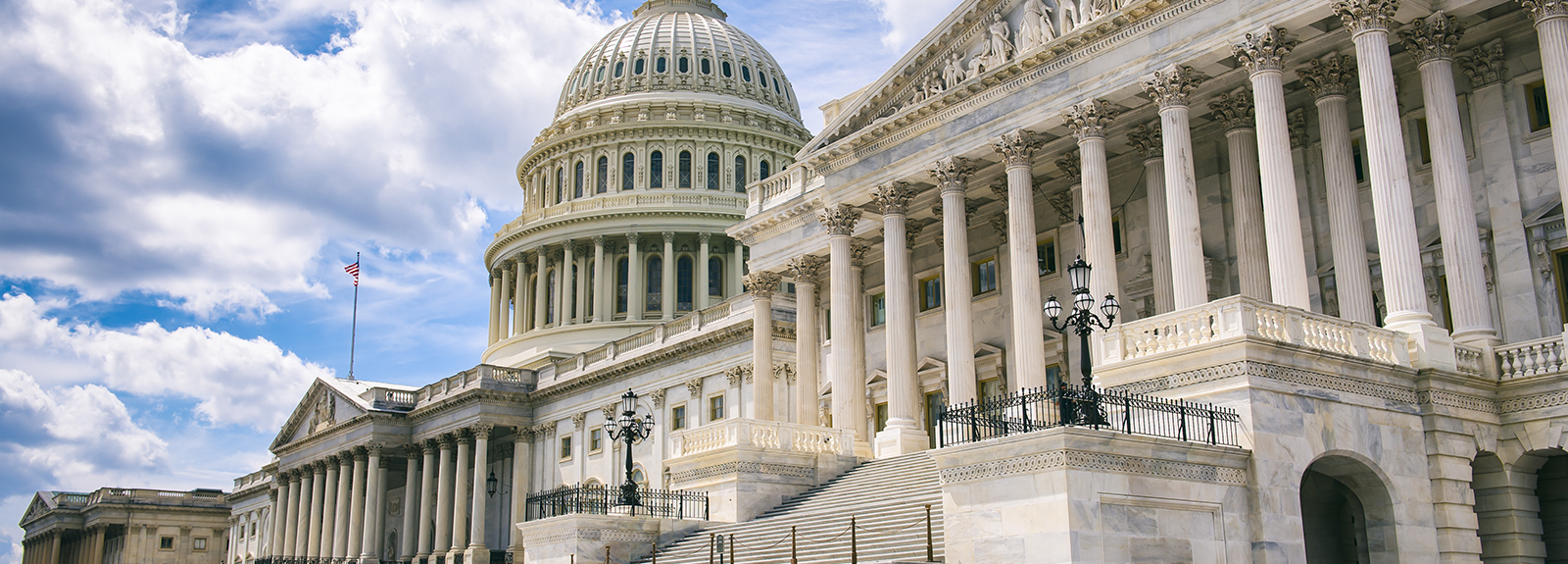Late in the evening on March 25, the U.S. Senate passed the Coronavirus Aid, Relief, and Economic Security (CARES) Act. The House is expected to take up the bill Friday, and President Trump has indicated he will sign. This will be the third bill passed by Congress in response to COVID-19. This bill provides significant resources to businesses and individuals alike to weather this crisis. Here is a summary of the key provisions in the bill impacting businesses – of which there are many. This may be overwhelming, but know that more resources will be coming soon to assist you as the law is implemented and the Shakopee Chamber will be there every step of the way to ensure you are kept informed with timely and accurate information.
Paycheck Protection Program
Creates the Paycheck Protection Program which will provide nearly $350 billion for 8 weeks of cash-flow assistance through 100 percent federally guaranteed loans to small employers who maintain their payroll during this emergency. If the employer maintains its payroll, then the portion of the loan used for covered payroll costs, interest on mortgage obligations, rent, and utilities would be forgiven, which would help workers to remain employed and affected small businesses and our economy to recover quickly from this crisis. This proposal would be retroactive to February 15, 2020 to help bring workers who may have already been laid off back onto payrolls.
Key provisions
- Small employers with 500 employees or fewer, as well as those that meet the current Small Business Administration (SBA) size standards; Self-employed individuals and “gig economy” individuals; and certain nonprofits.
- The size of the loans would equal 250 percent of an employer’s average monthly payroll. The maximum loan amount would be $10 million.
- Covered payroll costs include salary, wages, and payment of cash tips (up to an annual rate of pay of $100,000); employee group health care benefits, including insurance premiums; retirement contributions; and covered leave.
- The cost of participation in the program would be reduced for both borrowers and lenders by providing fee waivers, an automatic deferment of payments for one year, and no prepayment penalties.
- Waives the credit elsewhere test and collateral and personal guarantee requirements for funds provided under this program.
- Loans would be available immediately through more than 800 existing SBA-certified lenders, including banks, credit unions, and other financial institutions, and SBA would be required to streamline the process to bring additional lenders into the program.
- It allows a borrower who has an SBA Economic Injury Disaster Loan (EIDL) related to COVID-19 to apply for a paycheck protection loan, with an option to refinance that loan into the paycheck protection loan. However, the emergency EIDL grant award of up to $10,000 (see below section) would be subtracted from the amount forgiven under the Paycheck Protection Program.
- The maximum loan amount for SBA Express loans would be increased from $350,000 to $1 million. Express loans provide borrowers with revolving lines of credit for working capital purposes.
Entrepreneurial Assistance
- The bill would provide $265 million for grants to SBA resource partners, including Small Business Development Centers and Women’s Business Centers, to offer counseling, training, and related assistance to small businesses affected by COVID-19.
- $10 million would be provided for the Minority Business Development Agency to provide these services through Minority Business Centers and Minority Chambers of Commerce.
Emergency EIDL Grants
- The bill would expand eligibility for entities (including cooperatives, ESOPs under 500 employees, and sole proprietors and independent contractors), suffering economic harm due to COVID-19 to access SBA’s Economic Injury Disaster Loans (EIDL).
- SBA is granted more flexibility to process and disperse small dollar loans, including waiving any personal guarantee on advances and loans below $200,000, the requirement that an applicant needs to have been in business for the 1-year period before the disaster, and the credit elsewhere requirement.
- The bill would allow businesses that apply for an EIDL expedited access to capital through an Emergency Grant—an advance of $10,000 within three days to maintain payroll, provide paid sick leave, and to service other debt obligations. This emergency grant would not be required to be paid back.
- $10 billion would be provided to support the expanded EIDL program.
Small Business Debt Relief
- The bill would require SBA to pay all principal, interest, and fees on all existing SBA loan products, including 7(a), Community Advantage, 504, and Microloan programs, for six months to provide relief to small businesses negatively affected by COVID-19.
- $17 billion would be provided to implement this section.
Unemployment Insurance
- Creates a temporary Pandemic Unemployment Assistance program to provide payment to those not traditionally eligible for unemployment benefits (self-employed, independent contractors, those with limited work history, and others) who are unable to work as a direct result of the coronavirus.
- Provides an additional $600 per week payment to each recipient of unemployment insurance or Pandemic Unemployment Assistance for up to four months.
- Provides an additional 13 weeks of unemployment benefits through to help those who remain unemployed after weeks of state unemployment benefits are no longer available.
Cash Payments to Individuals
- All U.S. residents with adjusted gross income up to $75,000 ($150,000 married) are eligible for a $1,200 ($2,400 married) rebate. In addition, they are eligible for an additional $500 per child. For the vast majority of Americans, no action on their part will be required in order to receive a rebate check as IRS will use a taxpayer’s 2019 tax return if filed, or in the alternative their 2018 return.
Employee Retention Credit for Employers Subject to Closure Due to COVID-19
- Provides a refundable payroll tax credit for 50 percent of wages paid by employers to employees during the COVID-19 crisis. The credit is available to employers whose (1) operations were fully or partially suspended, due to a COVID-19-related shut-down order, or (2) gross receipts declined by more than 50 percent when compared to the same quarter in the prior year.
- The credit is based on qualified wages paid to the employee. For employers with greater than 100 full-time employees, qualified wages are wages paid to employees when they are not providing services due to the COVID-19-related circumstances described above. For eligible employers with 100 or fewer full-time employees, all employee wages qualify for the credit, whether the employer is open for business or subject to a shut-down order. The credit is provided for the first $10,000 of compensation, including health benefits, paid to an eligible employee. The credit is provided for wages paid or incurred from March 13, 2020 through December 31, 2020.
Delay of Payment of Employer Payroll Taxes
- Allows employers and self-employed individuals to defer payment of the employer share of the Social Security tax they otherwise are responsible for paying to the federal government with respect to their employees. Employers generally are responsible for paying a 6.2-percent Social Security tax on employee wages. The provision requires that the deferred employment tax be paid over the following two years, with half of the amount required to be paid by December 31, 2021 and the other half by December 31, 2022.
Modifications for Net Operating Losses
- Relaxes the limitations on a company’s use of losses. Net operating losses (NOL) are currently subject to a taxable-income limitation, and they cannot be carried back to reduce income in a prior tax year. The provision provides that an NOL arising in a tax year beginning in 2018, 2019, or 2020 can be carried back five years. The provision also temporarily removes the taxable income limitation to allow an NOL to fully offset income. These changes will allow companies to utilize losses and amend prior year returns, which will provide critical cash flow and liquidity during the COVID-19 emergency.
Modification of Limitation on Losses for Taxpayers Other Than Corporations
- Modifies the loss limitation applicable to pass-through businesses and sole proprietors, so they can utilize excess business losses and access critical cash flow to maintain operations and payroll for their employees.
Modification of Limitation on Business Interest
- Temporarily increases the amount of interest expense businesses are allowed to deduct on their tax returns, by increasing the 30-percent limitation to 50 percent of taxable income (with adjustments) for 2019 and 2020. As businesses look to weather the storm of the current crisis, this provision will allow them to increase liquidity with a reduced cost of capital, so that they are able to continue operations and keep employees on payroll.
Technical Amendment Regarding Qualified Improvement Property
- Enables businesses, especially in the hospitality industry, to write off immediately costs associated with improving facilities instead of having to depreciate those improvements over the 39-year life of the building. The provision, which corrects an error in the Tax Cuts and Jobs Act, not only increases companies’ access to cash flow by allowing them to amend a prior year return, but also incentivizes them to continue to invest in improvements as the country recovers from the COVID-19 emergency.
Paid Leave for Rehired Employees
- Allows an employee who was laid off by an employer March 1, 2020, or later to have access to the new federal paid family and medical leave programs if they are rehired by the employer. Employee would have had to work for the employer at least 30 days prior to being laid off.
Child Care and Development Block Grant
- $3.5 billion in grants to states for immediate assistance to child care providers to prevent them from going out of business and to otherwise support child care for families, including for healthcare workers, first responders, and others playing critical roles during this crisis.
Large Employer Fund
- Provides $500 billion to Treasury’s Exchange Stabilization Fund to provide loans, loan guarantees, and other investments largely to large employers (500 plus) not otherwise covered in the bill.
Economic Development Administration
- Provides $1.5 billion for economic adjustment assistance to help revitalize local communities after the pandemic. EDA assistance can be used to help rebuild impacted industries such as tourism or manufacturing supply chains, capitalize local funds to provide low-interest loans to businesses of all sizes, and support other locally-identified priorities for economic recovery.
Original post from Greater Mankato Growth

